The Smart Way to Eat Fruit for Breakfast (Hint: It’s Not What You Think)
For years, I’ve helped people sort through the noise of nutrition advice, and one topic always pops up: fruit for breakfast. I get it. The questions are endless. “Isn’t fruit just sugar?” or “I heard you should only eat fruit on an empty stomach.” Honestly, there’s so much confusing information out there, it’s easy to get analysis paralysis.
In this article
So, let’s clear the air. The truth is pretty simple. The kind of fruit you pick matters. How you prep it matters. And what you eat with it? That’s the real game-changer. This isn’t about some secret list of magic superfoods. It’s about understanding how your body actually works so you can make smart choices that fit your life.
Let’s Get a Few Things Straight About Fruit
Before we even get to the grocery list, we need to bust a few myths that just won’t go away. A lot of online advice, to be frank, misses the basic science.
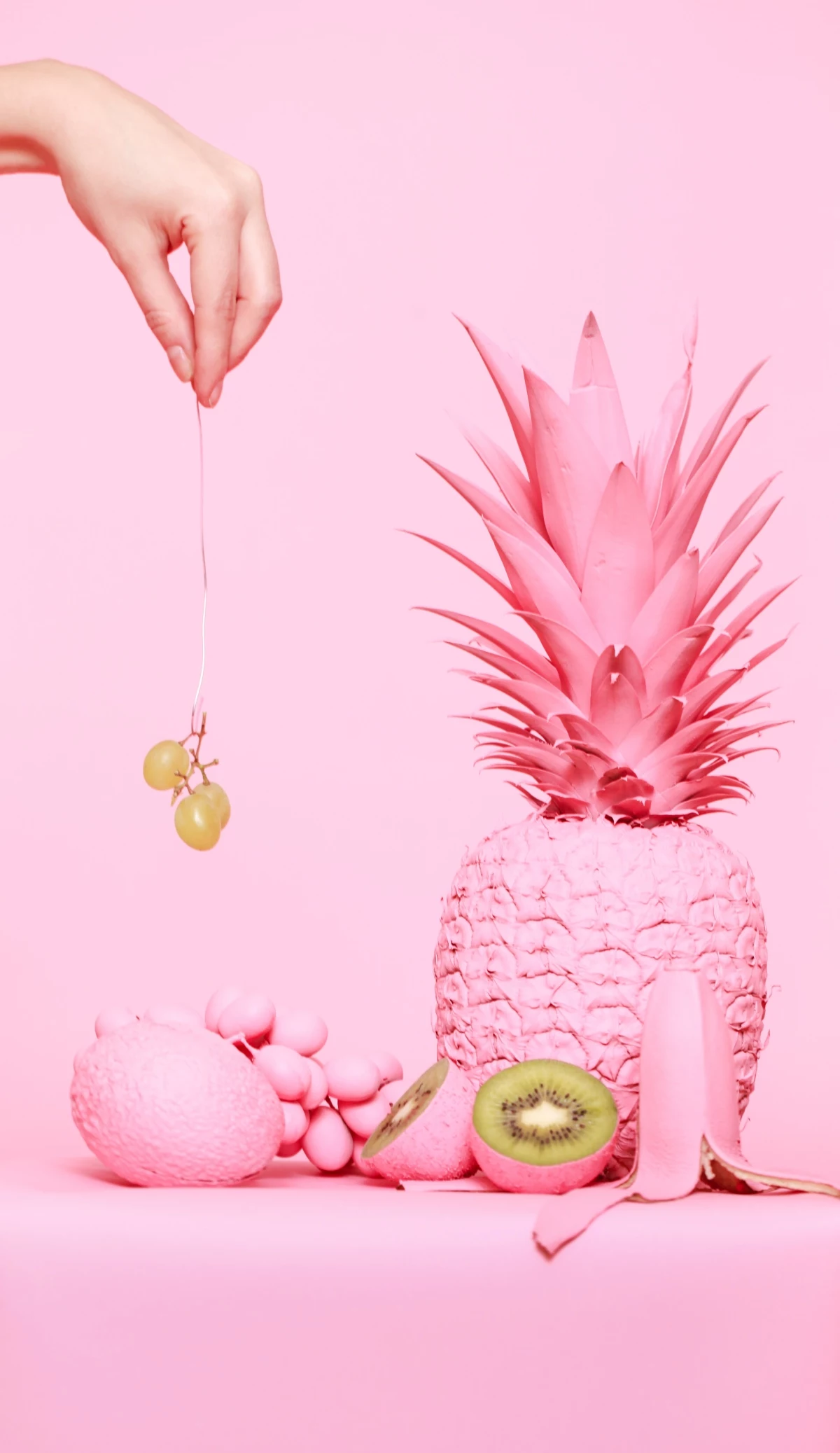
That Whole “Empty Stomach” Thing…
You’ve probably heard this one: eating fruit with other food makes it ferment or rot in your stomach. This is just not how our bodies work. Your stomach is an incredibly acidic place, designed specifically to break down food and kill off nasty bacteria. It’s not a compost bin.
When you eat a meal, everything gets churned together into a paste called chyme. The whole mix gets processed together. The idea that fruit needs its own special fast lane is a total misunderstanding of digestion. For almost everyone, eating fruit with a meal is perfectly fine—in fact, it’s usually better.
Why a Blueberry Isn’t a Gummy Bear
A big hang-up for people is fructose, the sugar in fruit. And yes, in high, isolated doses, it’s not great. But when you eat a whole piece of fruit, you’re getting so much more than just fructose. You’re getting water, vitamins, antioxidants, and the most important part: fiber.
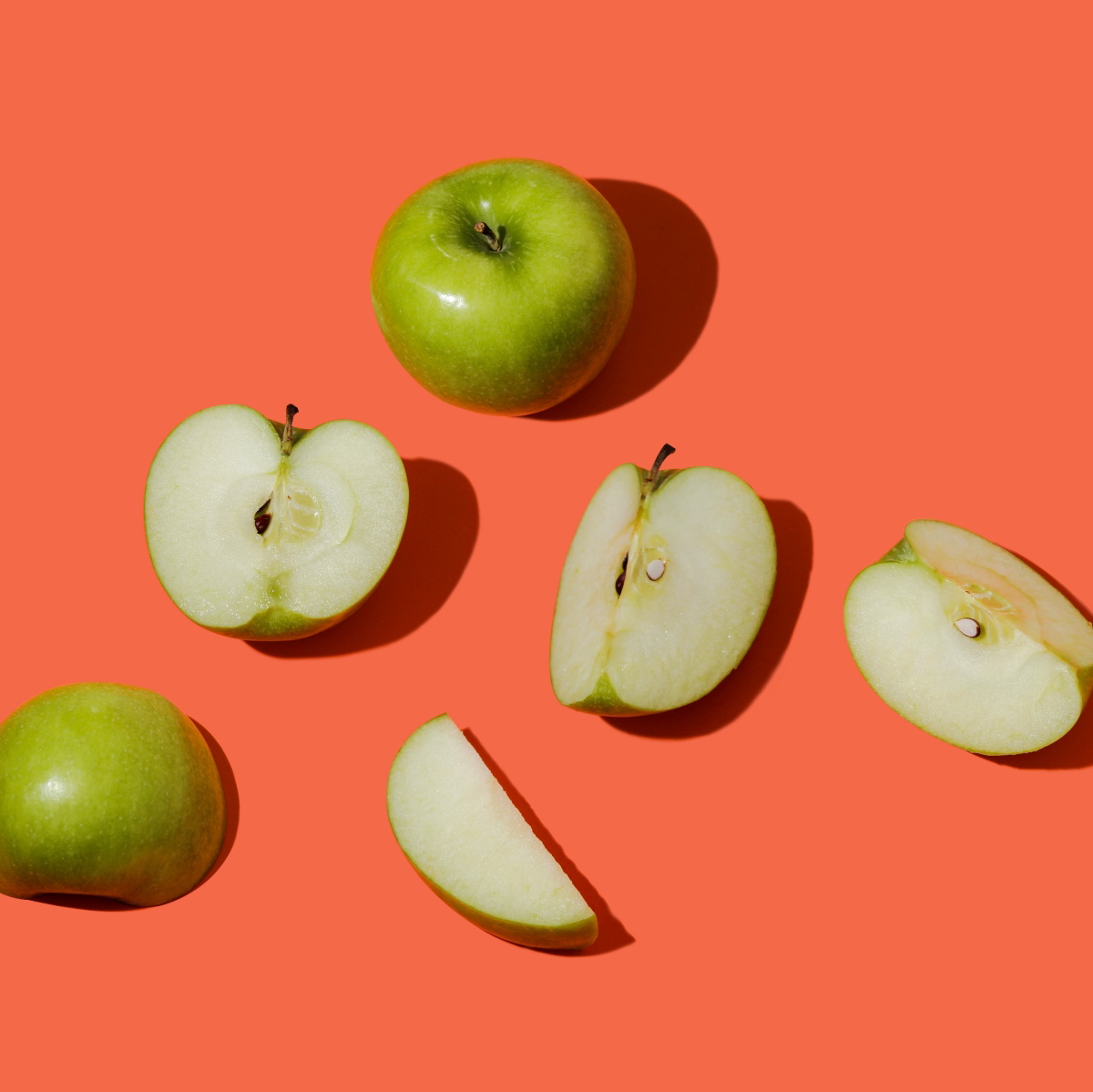
Fiber changes everything. It literally creates a physical barrier that traps the sugar molecules, forcing your body to digest them slowly. This is what prevents the blood sugar spike-and-crash you get from candy. To put it in perspective, think about this: a single glass of orange juice can slam your system with 22 grams of sugar and zero fiber. But a whole orange? You’re looking at around 12 grams of sugar, but it comes with 3 grams of fiber to buffer the effect. Same fruit, totally different impact.
The Power of Fiber for Fullness
And that fiber does more than just manage blood sugar. It helps you feel full and satisfied, which is key to avoiding that 10 AM snack attack. There’s soluble fiber (in apples and citrus) that forms a gel in your stomach, slowing things down and even helping with cholesterol. Then there’s insoluble fiber (in fruit skins) that keeps your digestive system moving regularly. Oh yeah, and both types of fiber are prebiotics—they’re literally food for the good bacteria in your gut. So a fruity breakfast is a good morning meal for your gut bugs, too.
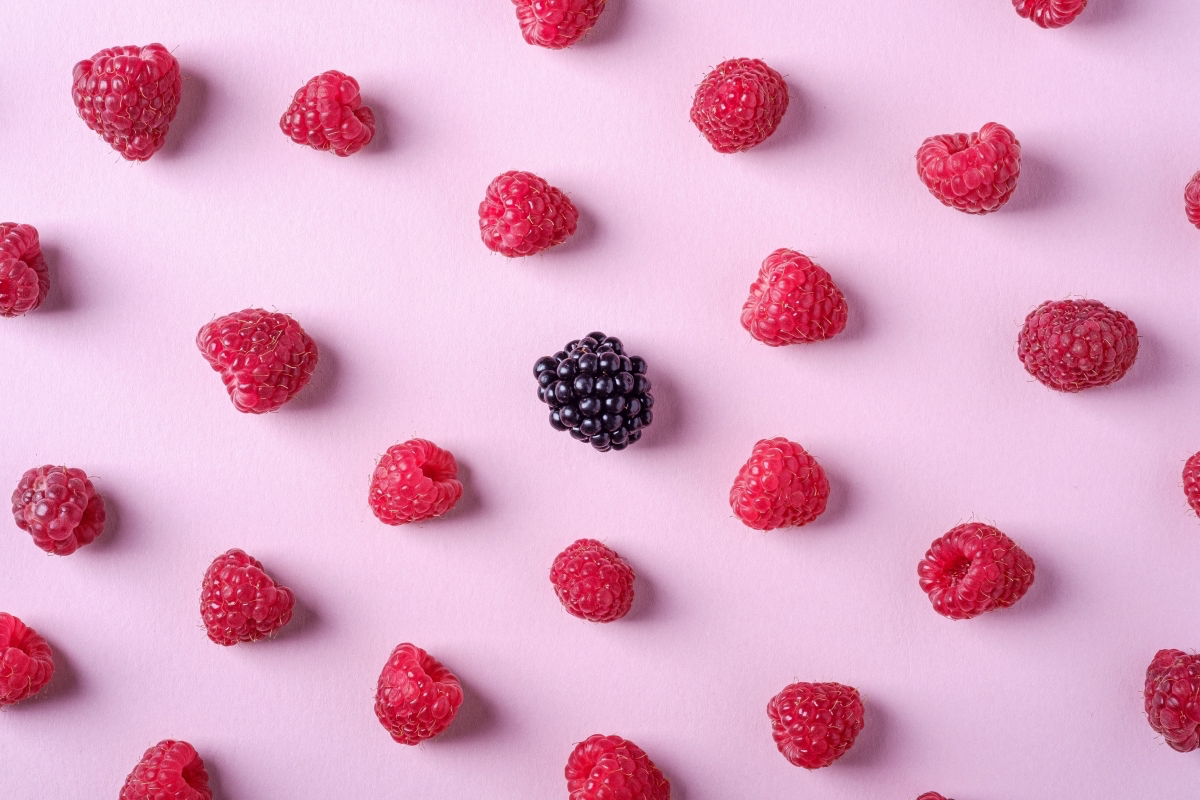
My Go-To Breakfast Fruits
Over the years, I’ve landed on a core list of fruits that are reliable, packed with nutrients, and super versatile. Here’s the breakdown on what I recommend and why.
1. Berries: The Antioxidant Powerhouses
Strawberries, blueberries, raspberries—these guys are at the top of the list for a reason. They have an amazing fiber-to-sugar ratio. A cup of raspberries, for instance, has about 8 grams of fiber and only 5 grams of sugar. That’s a huge win for stable energy.
Pro Tip: Don’t be afraid to buy frozen. They’re picked at peak ripeness and flash-frozen, which locks in nutrients. In fact, they often have more vitamin C than the “fresh” ones that spent a week on a truck. Plus, they’re way more affordable. You can expect to pay around $3-4 for a 16oz bag of frozen mixed berries, while a tiny 6oz container of fresh raspberries can cost the same or more, especially out of season!

Heads up! The biggest mistake is washing berries as soon as you get home. Moisture is their enemy and invites mold. Keep them dry in the fridge and wash them right before you eat them.
2. Apples and Pears: The Gut Health Workhorses
Apples and pears are humble, but they are nutritional champs, especially for your digestive system. They’re loaded with a special soluble fiber called pectin, which is a fantastic prebiotic.
When you’re buying them, go for firmness and weight. An apple should feel heavy for its size. For pears, you just need to “check the neck.” Gently press near the stem; if it gives a little, it’s ready to eat, even if the body is still firm.
A Word on Pesticides: Apples are pretty consistently on the “Dirty Dozen” list for pesticide residue. Since the skin is where so many of the nutrients are, you really don’t want to peel them. If it fits your budget, this is one fruit where going organic is a smart move. If not, give them a really good scrub with a vegetable brush under running water. By the way, the flip side of this is the “Clean Fifteen” list, which includes fruits with low pesticide residue. Avocados, kiwis, and pineapples are on there, so you can feel good about saving money and buying those conventionally.

3. Citrus: More Than Just Vitamin C
Oranges and grapefruits are amazing for hydration and, of course, vitamin C. But they also have compounds that are great for blood flow and reducing inflammation. Just remember to eat the whole fruit, not the juice, to get that all-important fiber.
CRITICAL SAFETY WARNING: I cannot stress this enough. Grapefruit can have serious interactions with many common medications, including some statins (for cholesterol), blood pressure drugs, and even some anti-anxiety meds. It blocks an enzyme that metabolizes these drugs, which can cause them to build up to dangerous levels in your body. If you take ANY prescription medication, please talk to your doctor or pharmacist before adding grapefruit to your diet. This is a big deal.
4. Avocado: The Healthy Fat Fruit
Yep, avocado is a fruit (a single-seed berry, technically!). It’s a breakfast game-changer because its main nutrient is heart-healthy monounsaturated fat, not carbs. This makes it incredibly satisfying.
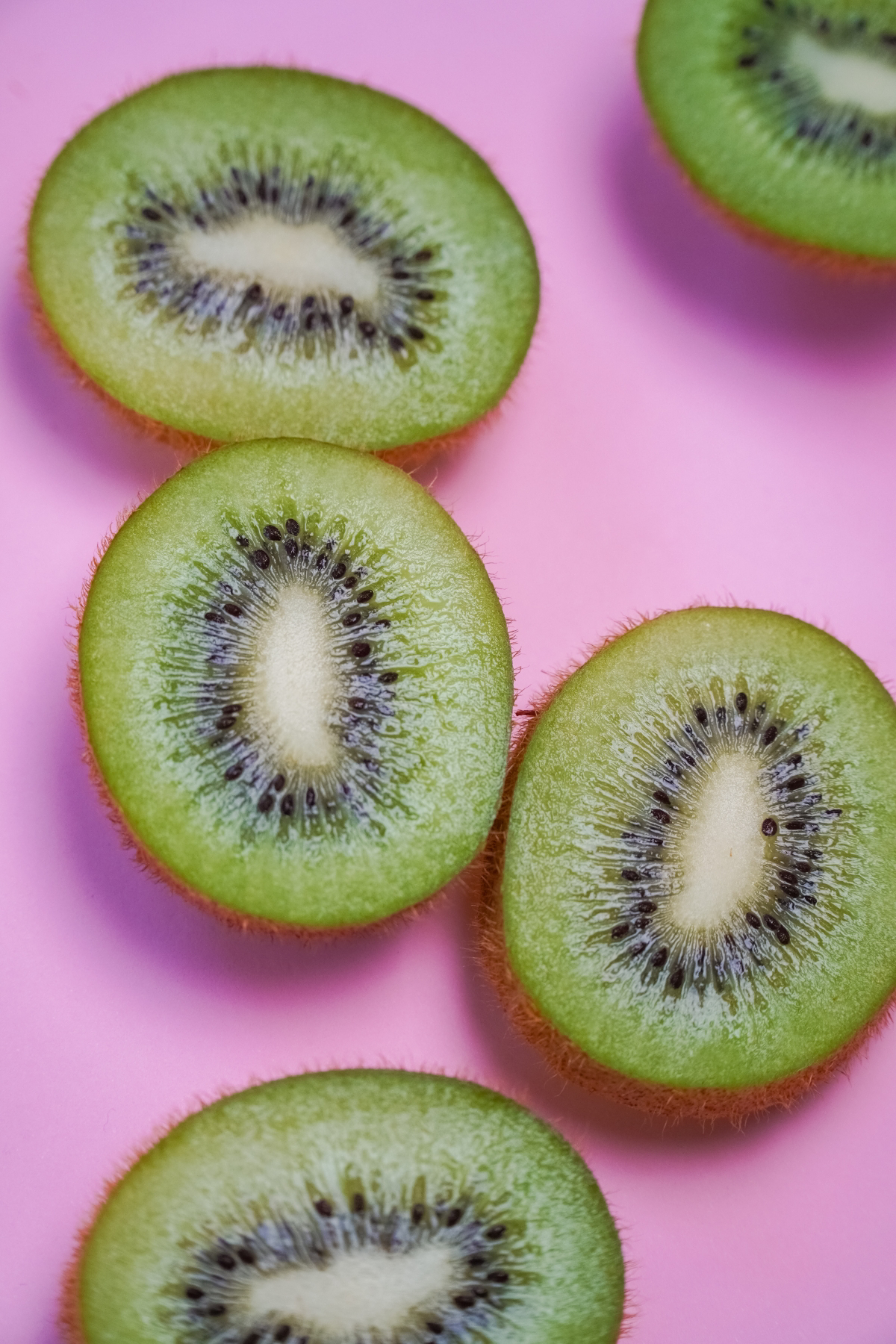
Adding half an avocado to your breakfast will keep you full for hours. To pick a ripe one, don’t squeeze it—that just bruises the poor thing. Instead, try to flick off the little brown stem cap. If it comes off easily and you see green underneath, it’s good to go.
Ready to Branch Out? Try These
Once you’ve got the basics down, it’s fun to explore other options.
• Kiwi: This little fuzzy fruit is a powerhouse. It’s loaded with Vitamin C and contains a special enzyme that aids digestion. And guess what? You can eat the skin! Just wash it well (and maybe buy organic since you’re eating the peel). It’s also on the “Clean Fifteen” list, making it a budget-friendly choice.
• Pomegranate: The seeds, or arils, are packed with some of the most potent antioxidants you can find. The only downside is they’re a bit of work. Here’s a mess-free way to de-seed one: First, score the skin into quarters without cutting all the way through. Next, submerge the whole thing in a big bowl of water and break it apart under the surface. The seeds will sink while the white pith floats. Just skim the pith off the top, drain, and you’re done!
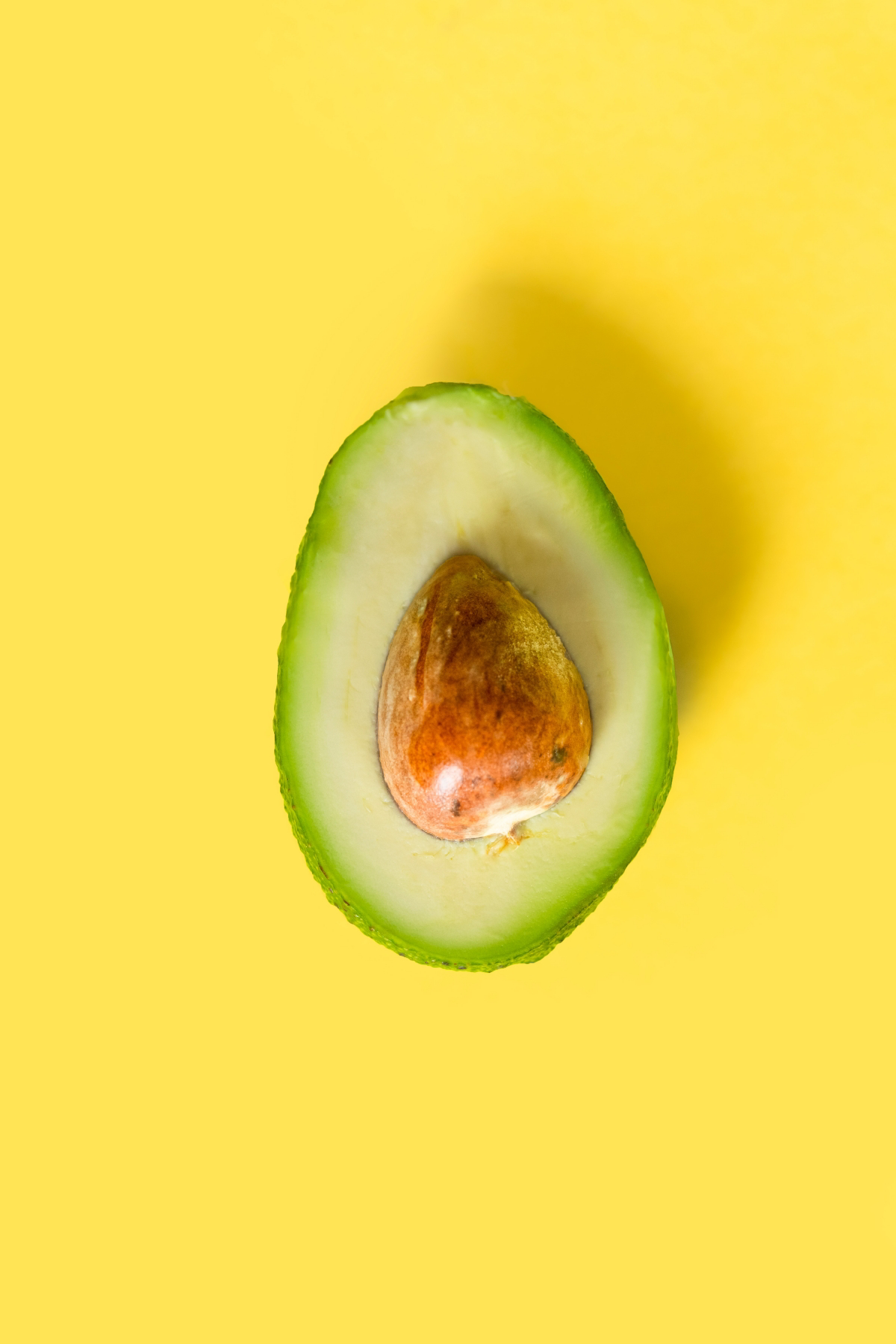
• Banana: A classic for a reason—it’s convenient and full of potassium. But a quick heads-up: the ripeness really matters. A slightly green banana has more resistant starch, which is great for your gut bacteria. A brown-spotted, very ripe banana is much higher in sugar. Neither is ‘bad,’ but if you’re watching your blood sugar, use half a greenish banana and pair it with lots of protein and fat. If you’re an athlete needing quick fuel, a riper one is perfect.
• What about Mango, Pineapple, or Grapes? These are delicious, no doubt! They tend to be higher in sugar and lower in fiber compared to berries. Think of them as a wonderful treat or an accent. A small amount mixed into oatmeal or yogurt is great, but a giant bowl of grapes by itself might not give you that steady energy you’re looking for.
Who Should Be Extra Cautious?
While fruit is fantastic for most, a little extra strategy is needed for some. Besides the critical grapefruit warning, a couple of other groups should pay attention.

If you’re managing blood sugar or have pre-diabetes, the pairing rule is non-negotiable. Always eat fruit with protein and fat. Stick to smaller portions of lower-sugar fruits like berries and avoid going overboard on high-sugar options like mangoes and very ripe bananas.
If you deal with IBS, you might find that certain fruits are triggers. High-FODMAP fruits like apples, ripe bananas, and mangoes can sometimes cause bloating and discomfort. It might be helpful to start with small portions of low-FODMAP options (like a handful of blueberries or an orange) and see how your body feels.
Putting It All Together: The Balanced Breakfast Formula
Remember, we’re not just eating a bowl of fruit. We’re building a meal. The formula is simple:
Fruit (Fiber & Vitamins) + Protein (Fullness) + Healthy Fat (Lasting Energy)
Here’s what that looks like in the real world:
- The Classic: 1 cup of plain Greek yogurt (Protein) topped with 1 cup of mixed berries (Fruit) and 1 tablespoon of chopped walnuts or chia seeds (Fat & more Fiber).
- The Savory: 2 scrambled eggs (Protein & Fat) with a side of half an avocado (Fat) and one small orange (Fruit).
- The Plant-Based Powerhouse: Oatmeal cooked with water or unsweetened almond milk, with a scoop of plant-based protein powder stirred in (Protein). Top with a cup of raspberries (Fruit) and a tablespoon of sunflower seed butter (Fat, and a great nut-free option!).
Your Turn
Fruit isn’t the enemy. It’s a wonderful, nutrient-dense food. The secret is simply being strategic. Choose whole fruits, always pair them with protein and fat, and listen to what your body is telling you. And by that, I mean really pay attention. How do you feel at 10:30 AM? Are you focused and cruising toward lunch, or are you feeling sluggish and already looking for a snack? That’s your body giving you direct feedback on your breakfast combo!
So here’s a little challenge for you this week: If you normally have a glass of juice, swap it for one whole orange and pair it with two eggs. See how you feel. I bet you’ll be surprised at how much longer you stay full and energized. You’ve got this!










